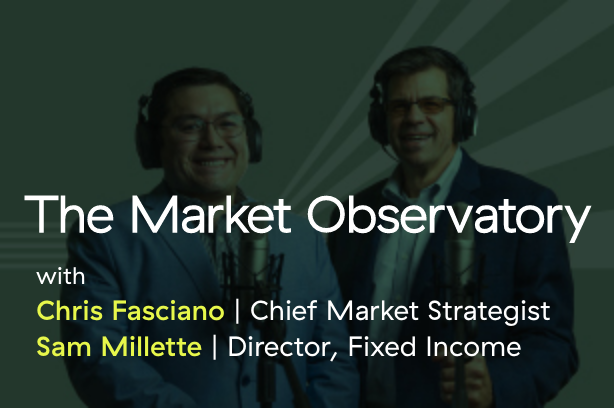My colleague Sam Millette, manager, fixed income on Commonwealth’s Investment Management and Research team, has helped me put together this month’s Market Risk Update. Thanks for the assist, Sam!
Equity markets rebounded in July after experiencing widespread losses in the second quarter. The S&P 500 gained 9.22 percent during the month, while the Dow Jones Industrial Average increased 6.82 percent. The Nasdaq Composite saw the largest rise, as the technology-heavy index was up 12.39 percent in July. These strong results were encouraging, but they were not enough to offset declines from earlier in the year.














